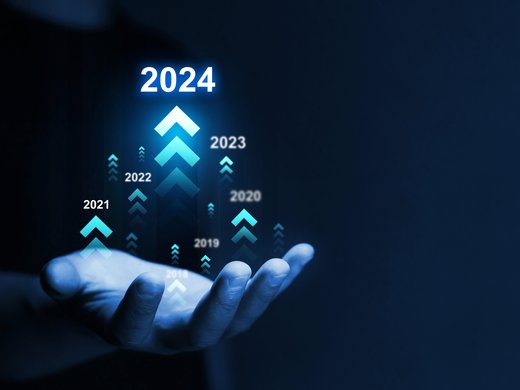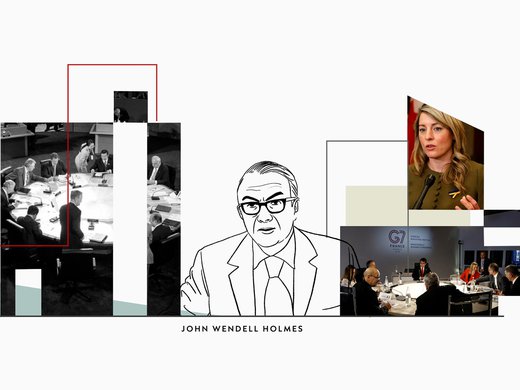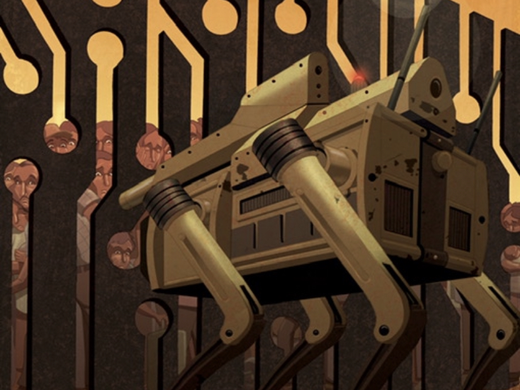The Paris Conference began with a document put together by the two co-chairs, from the United States and Algeria. It contained the seeds of an agreement, but was accompanied by the brackets and annexes that had been added by countries at the last negotiating sessions before the COP. You have to remember that paranoia reigns supreme at these sort of talks. Smaller countries and the European Union are haunted by memories of Rio, where President Obama and the leaders of China, India, Brazil, South Africa and one or two other large developing countries pulled a fast one on the world when they sat in a little open plan office in Copenhagen and cooked up an outcome that the rest of the world did not have a chance to vote on. To be fair, the whole conference had ground to a halt and was in danger of total failure and the last minute conflab probably saved the climate negotiation process; but it was neither fair nor transparent.
Transparency has become a major concern of many, especially those small, island countries who will be the first victims of climate change. They are afraid that they will be ignored when the final gavel comes down. The EU fears a G-2 of China and the United States, and many in the Group of 77 developing countries (which has way more than 77 members) are worried that they could be tricked by China, India, Brazil, Mexico and some of the more prosperous developing countries whose interests are almost closer to those of the OECD members than to their fellow G-77 members.
The text, which the negotiating committee handed over to the COP President, France’s Foreign Minister Laurent Fabius, looks really messy. There are 939 pieces of bracketed text that need to be resolved. The chief block, as usual, is over the meaning of the phrase “Common but Differentiated Responsibilities.” This old chestnut dates from the Rio Earth Summit of 1992. It essentially means that every country has some responsibility for this mess, but that the lion’s share lies with the rich countries, who are responsible for most of the greenhouse gases (GHG). And it was also interpreted for many years as placing no obligations on developing countries to reduce their GHG emissions. This was one of the great political flaws of the Kyoto Protocol. CNDR has also been interpreted crudely as we will help, but you have to pay.
These distinctions between rich and poor have eroded over the years and the seriousness with which many developing countries have prepared their intended nationally determined contributions indicates that the Third World is well aware of the threats which they face from climate change. But they still expect funding to help them transition away from high carbon development.
The funding issue was papered over in Copenhagen by a rich country pledge to provide $100 billions per year in funding by 2020. Where this was going to come from was always vague, but it was clear to Hilary Clinton, who proposed it, that most of it would come from private investors. The more radical developing countries insist that this should all come from governments. With the current state of OECD member treasuries, that has even less of a chance than the proverbial snowball in you know where. So Paris is dead on arrival unless the rich countries can convincingly come up with the money.
There are plenty of other disagreements that remain in the text and many of them will not be easy to resolve. But this week has done two positive things. The first is that the negotiations have been very open. Even though the text is still messy in places, now the countries own it themselves. They can no longer blame the co-chairs or some secretariat villains. Secondly, the real eloquence of many of the heads of state during the first days, combined with the highly skilled diplomacy of the French means that most of the delegations are in a positive mood. And one does not hear (not yet, anyway) talk of failure in the corridors. So far, this is not Copenhagen redux.
CIGI Distinguished Fellow David Runnalls is a guest blogger, providing analysis from on the ground at COP21, for Global Rule of Law.


